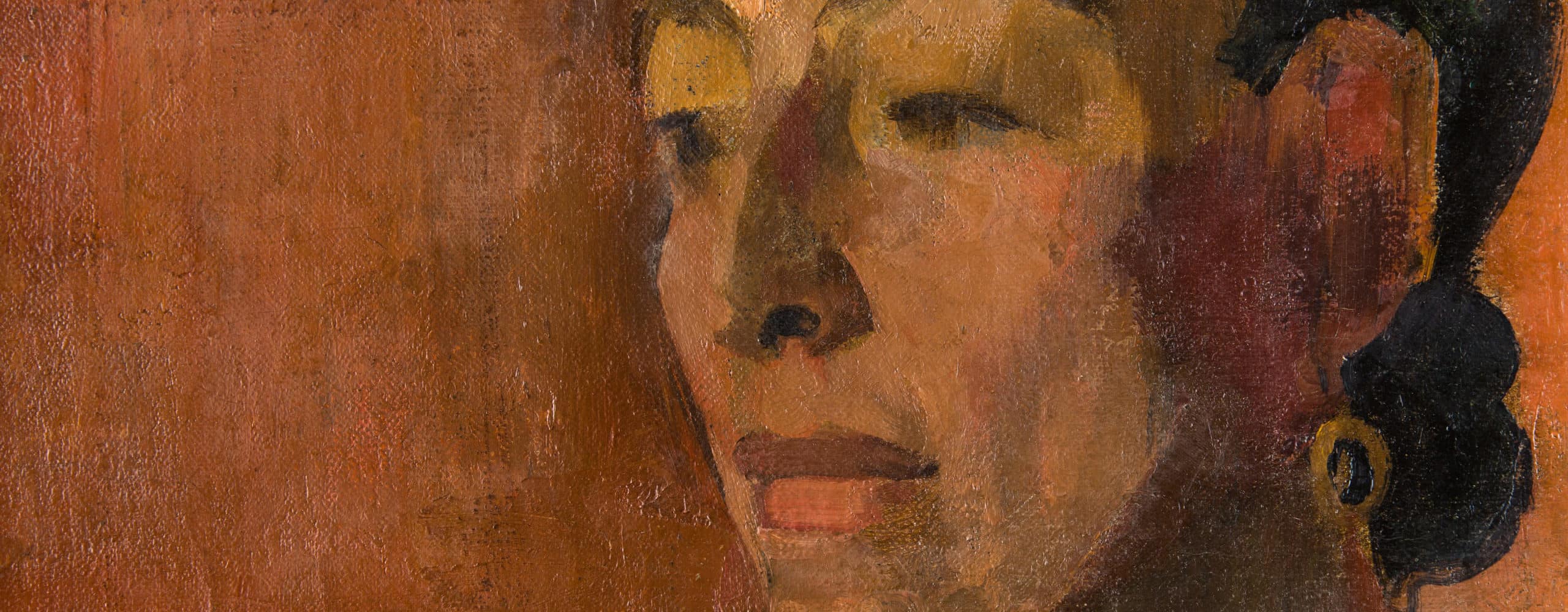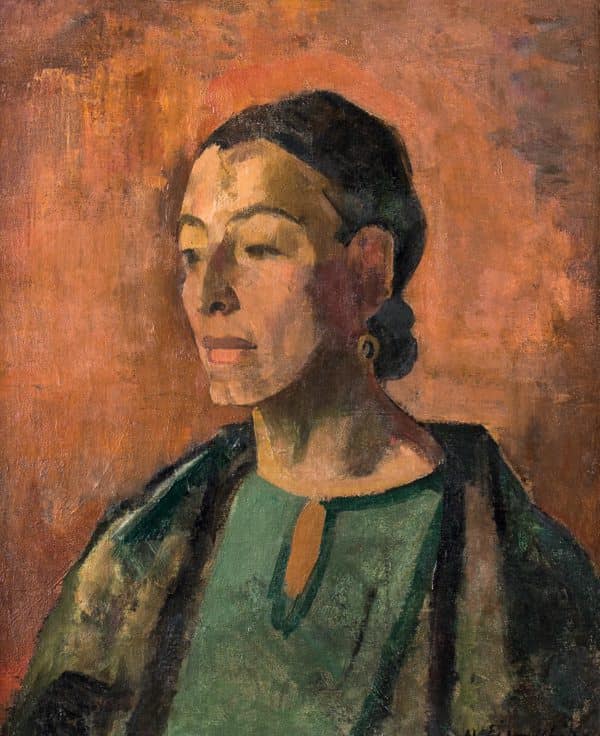

Willy Eisenschitz was born to a Jewish lawyer’s family in Vienna. His parents wanted him to study business or law, but instead he enrolled at the Academy of Fine Arts in 1911. Inspired by the many trends in art in France, he moved to Paris in 1912 and continued his studies with George Desvallières at the Académie de la Grande Chaumière. He lived with his uncle, the art collector Otto Eisenschitz. While in Paris, Willy Eisenschitz got to know the painter Claire Bertrand, whom he married in 1914. He tried but failed to return to Austria when the First World War broke out, and was instead arrested in France and interned in a camp near Angers near the Loire. His wife Claire followed him there voluntarily, and it was in their internment camp that she gave birth to their son David and their daughter Evelyn.
Eisenschitz took ill with tuberculosis, so after his release from internment he went to Lucerne in the Swiss Alps along with his wife and children. He returned to Paris in 1920, where he took part in the Salon des Indépendants in 1922.
He became a member of the Société Nationale des Beaux Arts and in 1928 took part for the first time in the exhibition of the Salon d’Automne in Paris. From 1931 onwards, arthritis and his weak lungs compelled him to refrain from oil painting for a long period of time. He was awarded a Gold Medal at the Paris World Exhibition in 1937. Although Eisenschitz became a French citizen in 1935, he kept his contacts in Austria. His French citizenship did not prevent him from suffering under repressive measures because of his Jewish background. In 1942, his house was confiscated, and in 1943 he and his family were hidden by friends in the mountain village of Dieulefit, where many Jewish artists had sought refuge. Eisenschitz continued working, though under the pseudonym “Villiers”. In 1944, his son David was arrested by the Nazis because of his activities in the Résistance, and deported to the concentration camp of Buchenwald, where he died. Eisenschitz returned to southern France in 1945. In the years thereafter, he took part in numerous exhibitions – such as at the Galerie Allard in Paris in 1949, at the Galerie Bernheim and the Galerie Durand-Ruel. After his wife’s death in 1969, Eisenschitz returned to Paris.
